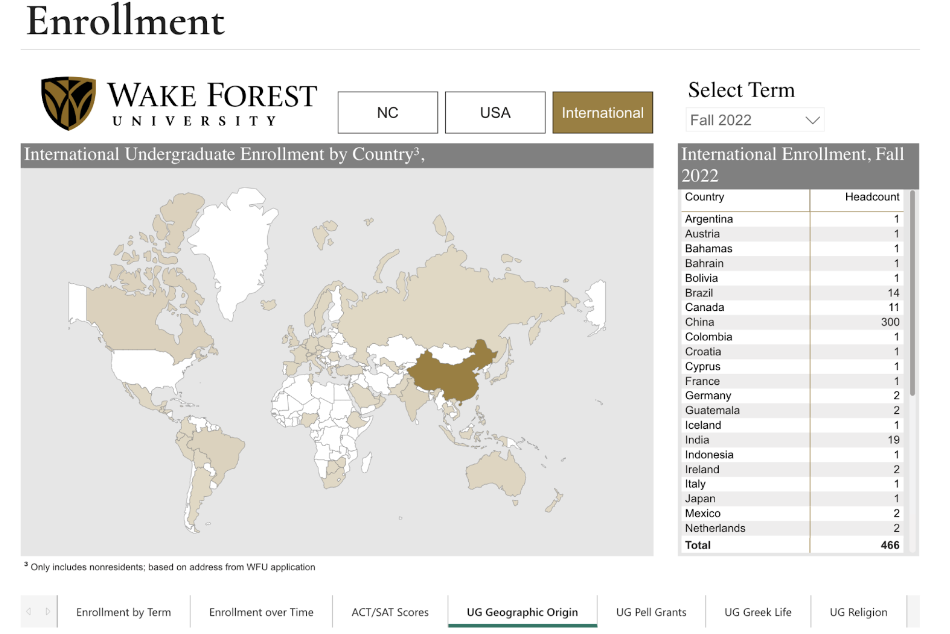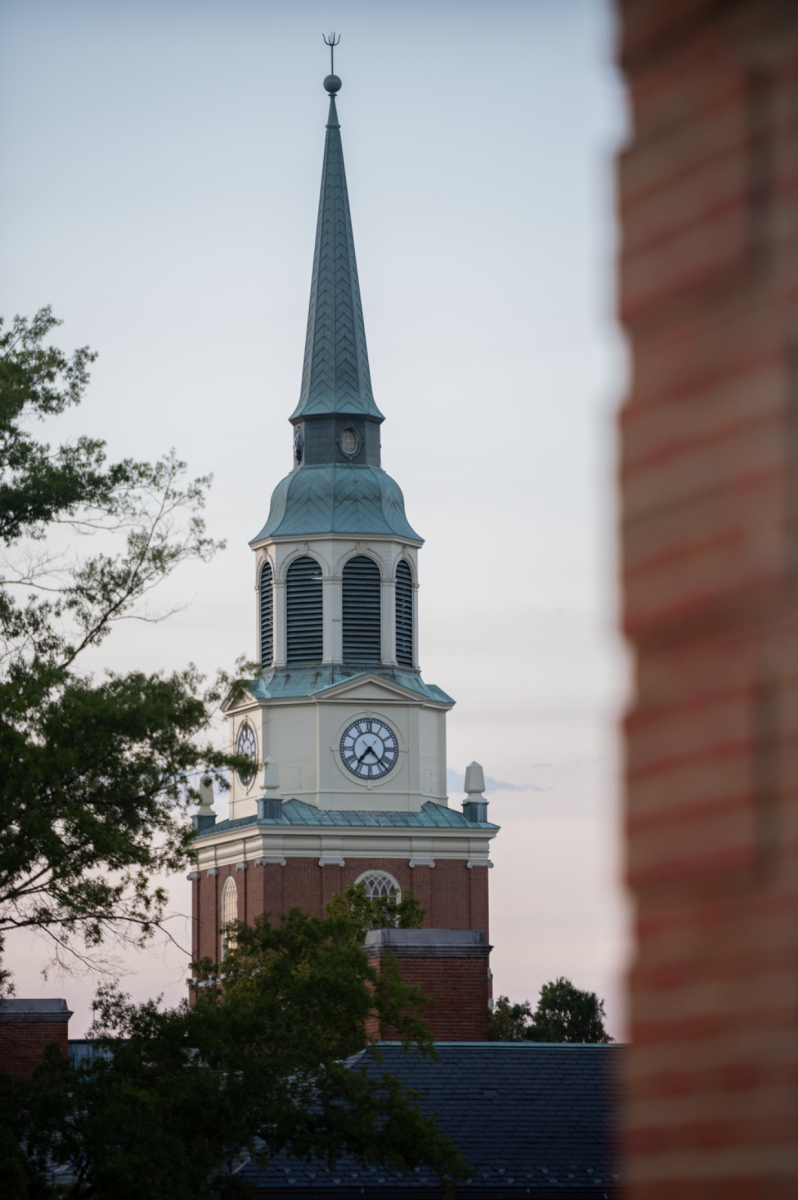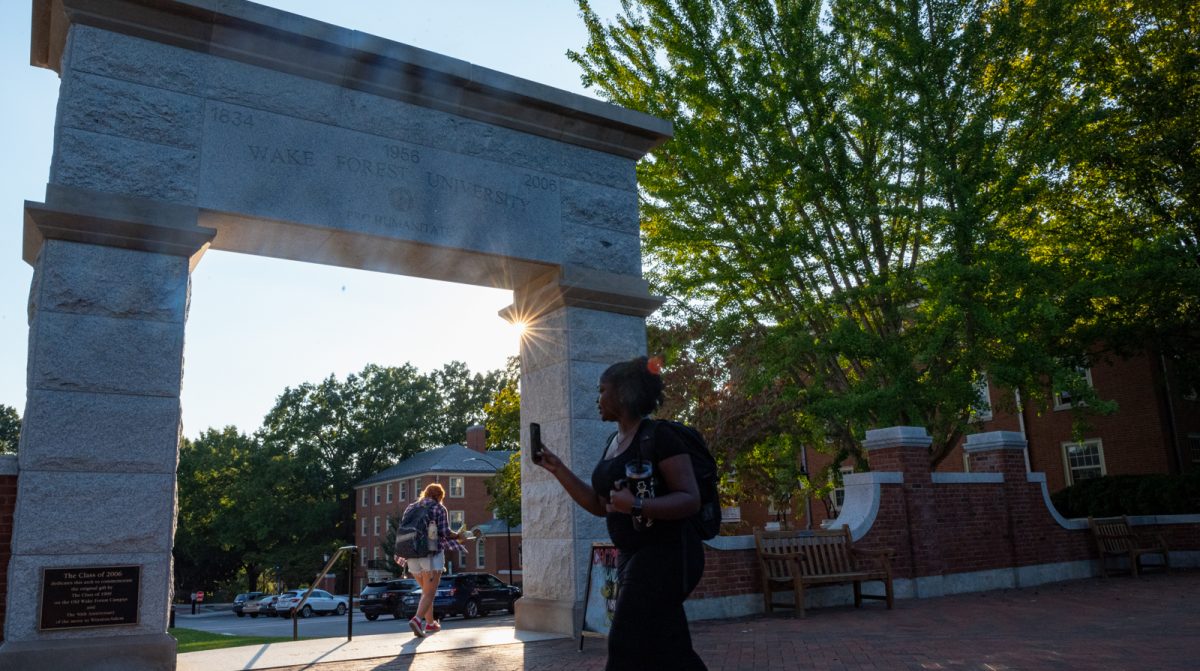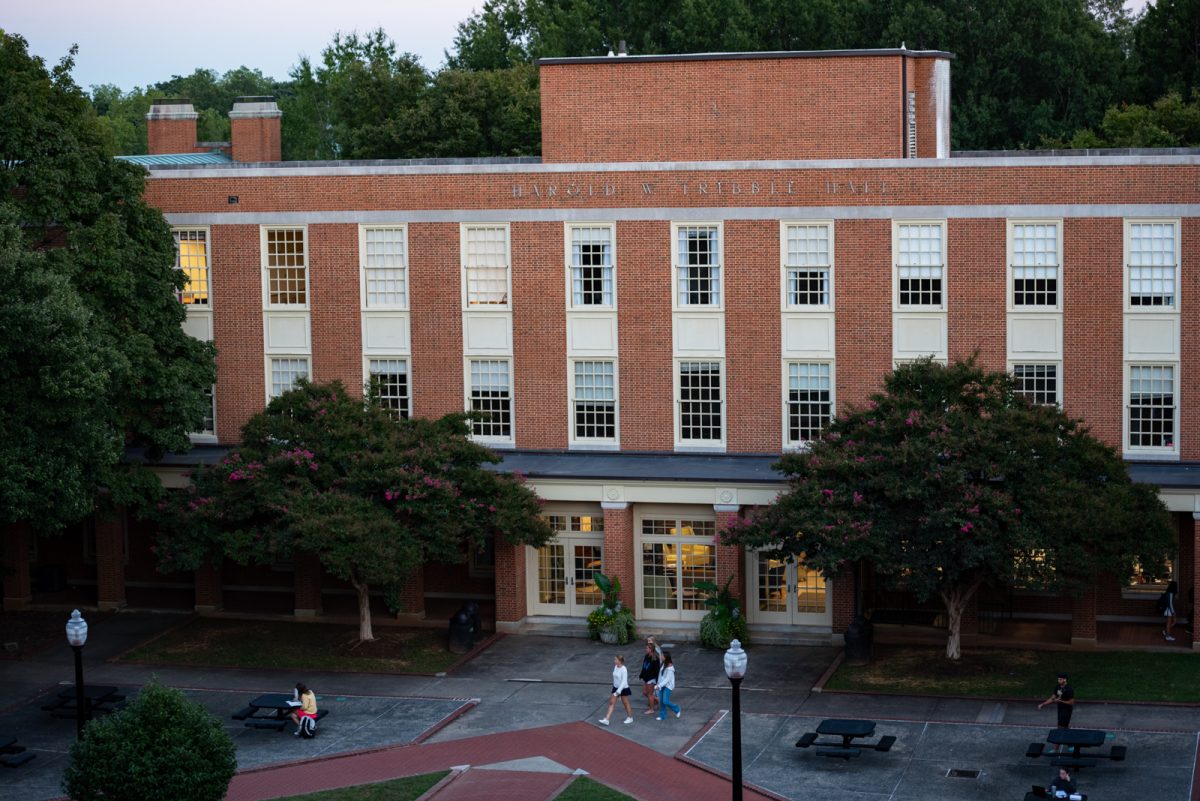The talk of campus this week was the university’s fall from top-30 glory.
The decline was largely due to U.S. News’ overhaul in its methodology. The news organization did not consider small class sizes, instruction by professors with a terminal degree, alumni giving average, graduate debt or students’ high school standings— all hallmarks of a private, liberal arts education.
U.S. News’ college rankings have long faced criticism. One of the main concerns is that U.S. News often tinkers with its metric and some colleges “game the system” to improve certain facets of their school just to raise its ranking.
Another common criticism is the peer assessment score, which carries the most weight in the rankings. The score is calculated from ratings that U.S. News receives from top university officials like presidents, provosts and deans of admission. A criticism offered by Malcolm Gladwell in a New Yorker essay is that these administrators often don’t have an insight in the quality of another school, therefore relying on the only source they do have — U.S. News.
The Old Gold & Black recognizes that the U.S. News rankings is a flawed system. While the U.S. News rankings are a magazine’s marketing gimmick to gain new readers, it is undeniable the grip that these rankings have on the world. Many students use the list to determine where they’ll apply or where they’ll attend. The university and students have long touted our top 30 status — the university on promotional materials and students in job interviews.
The rankings also are an annual reminder of our obsession with status. As Joe Nocera wrote for the New York Times more than 10 years ago, the rankings “exacerbate status anxiety.” This still rings true today as Wake Forest students fret if they chose the right school, and seniors worry what employers will think.
This year’s new methodology placed greater emphasis on social mobility and equity for students by giving more weight to first-generation and Pell Grant graduation rates.
With 10% of the freshman class receiving Pell grants, Wake Forest is ranked No. 271 of 287 schools on the New York Times’ Top U.S. Colleges With the Greatest Economic Diversity. The list average is 21%.
Instead of dwelling on the change in rankings, Wake Forest should take this time to reflect on what it can change to serve its students and community better. The Old Gold & Black commends the university’s latest initiative to create an early action application option specifically for first-generation students. We now urge the university to increase its economic diversity by striving to admit more students who receive Pell Grants.
We encourage these changes not for the sake of a number. The methods will inevitably change, and the numbers will shift. This work is important not for the world’s perception of Wake Forest but for our own flourishing. For too long and for too many, Wake Forest’s gates have been unreachable. That must change.
The Old Gold & Black Executive Board is comprised of Editor-in-Chief Christa Dutton, Online Managing Editor Aine Pierre, Print Managing Editor Breanna Laws and Multimedia Managing Editor Maryam Khanum.
Update Sept. 29: This story was updated to include a line which was previously cut out when the story was published.
















Wendy • Oct 3, 2023 at 7:28 am
The reasons why Wake Forest fell in the rankings are not the reasons why we should change. Unlike state schools we don’t have a tuition that fits Pell grant applicants. When tuition is $88,000 a year that’s just not realistic. It’s great to be idealistic but you also have to be realistic. Also, Wake Forest does not have the research grants that big state schools have and that’s not going to change period We are a very sought after school for a reason and we shouldn’t change
that for a ranking it prioritizes the wrong things and could change what makes Wake Forest uniquely great.